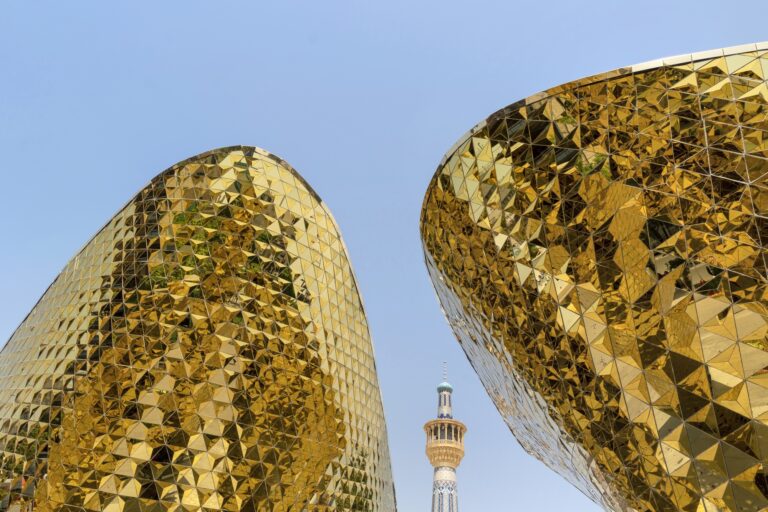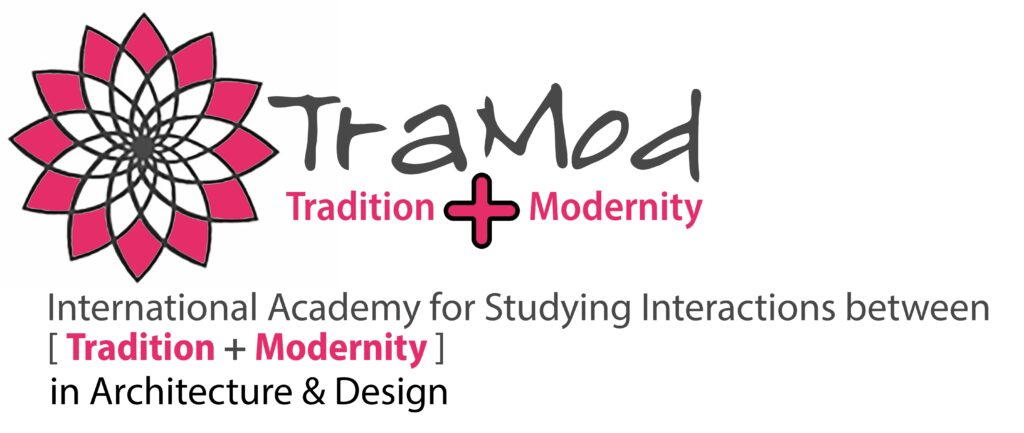PANAH: A Combination of Traditional-Religious Folk + Modern-Updated Form
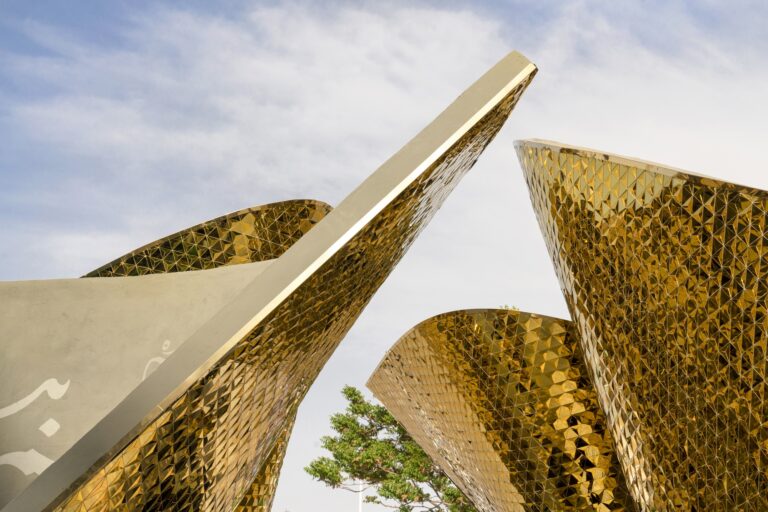
Panah is a chance, albeit a short one, in the hustle and bustle of the city to keep its users in contemplation. A short journey from the outside to the inside with the point of looking at oneself and an opportunity to imagine in the refraction of water and mirrors
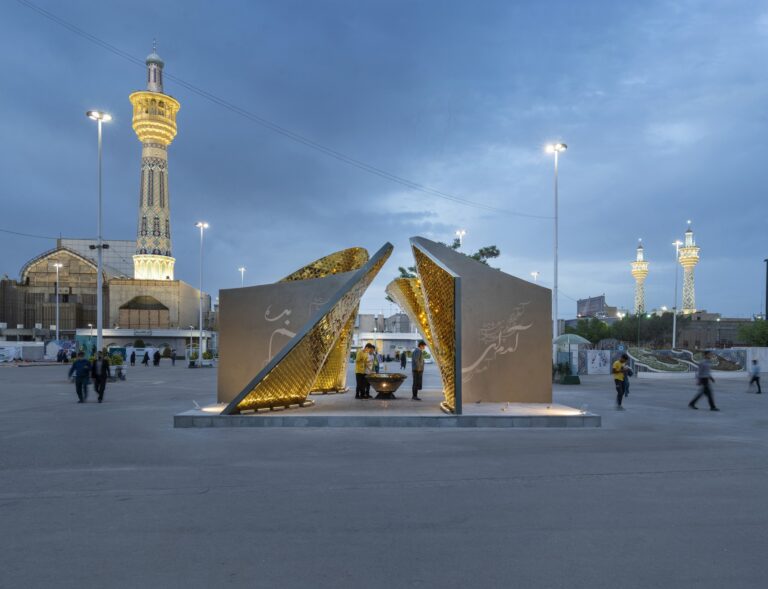
Due to TraMod Academy mission, this time, studying interactions between architecture and design, is done on one the recent traditional-religious projects, PANAH PAVILION by Hasht Architects in Mashhad, Iran
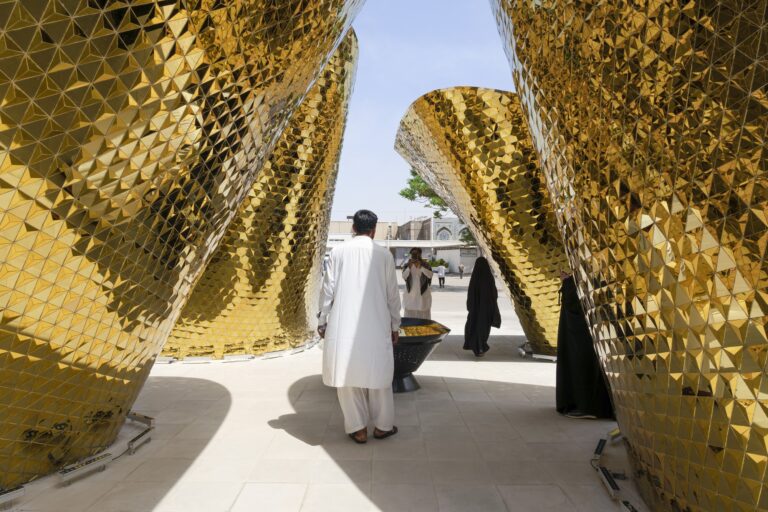
The issue of the project was to design a pavilion (urban kushk) with the theme of The Guarantor of the Deer that could be a part of the interactive flow of people with the city. So, maybe a question can be created that what the meaning of Guarantor of the Deer is. Imam Reza was a descendant of the Islamic prophet Muhammad, and the eighth Imam in Twelver Shia Islam, succeeding his father, Musa al-Kazim. One of the famous titles of Imam Reza (PBUH) is ‘The Guarantor of the Deer’. Shia folks have described the reason for this title and its historical roots
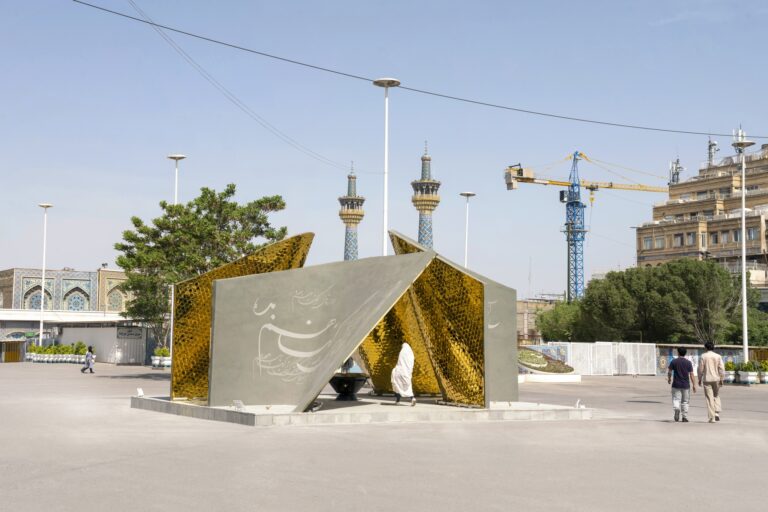
Shia Traditional-Religious Folk
A hunter wanted to hunt a deer in a desert. After running a long distance, the deer saw Imam Reza (PBUH) (who happened to be there) and took refuge with him. When the hunter was going to catch the deer, Imam Reza (PBUH) prevented him from doing so. However; as the hunter believed that the deer was his own hunt and belonged to him legally, he insisted on taking it back. The Imam offered him some amount of money (more than the real cost of the deer) to release her. However; the hunter refused the offer and said: I just want this deer, which is mine and nothing else. At this moment the deer became able to speak and told the Imam;’ I have two hungry fawns waiting for me to go and breastfeed them. This is why I have run away’. Then she asked the Imam to guarantee her and to ask the hunter to let her go back, feed her fawns and then return; surrendering herself to the hunter. Therefore, Imam Reza (PBUH) guaranteed the deer against the hunter and stayed there as a hostage until her return. So the deer went away and returned quickly, surrendering herself to the hunter. Seeing the deer fulfilling her promise and realizing that his hostage was Imam Reza (PBUH), the hunter was deeply moved and released the deer immediately. Then, he begged and apologized to the Imam. So the Imam gave the hunter a substantial amount of money and promised to intercede for him to his ancestor (the Holy Prophet (PBUH)) in the Day of the Last Judgment, sending the hunter away well pleased and satisfied. Finally, the deer that was released with the help of the Imam asked his permission to leave and went back to her fawns
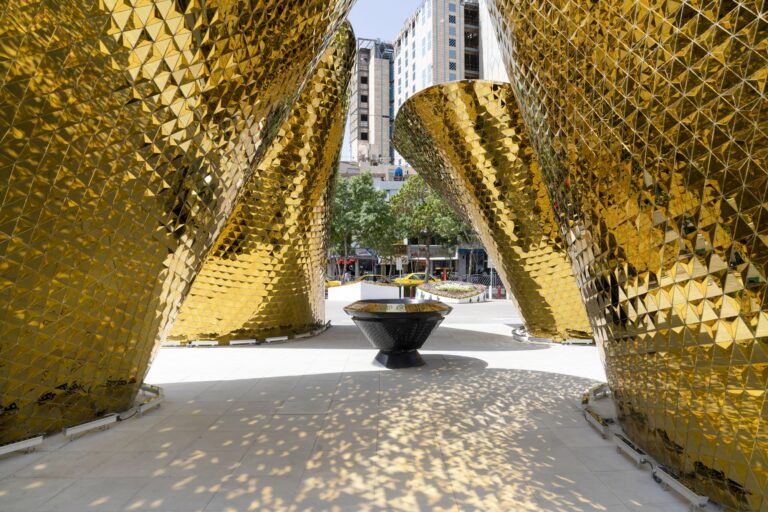
Design Process
The main decision in dealing with the problem was divided into two general parts. First, the pavilion should be a contemporary expression of the project's theme and a part of the communication process between people and the city in the role of a living organism. Secondly, this new guest must be placed in a crowded site that has a religious, historical, cultural identity; and a joint quiddity (between the city and the shrine) as an independent subject but connected to the structure of the complex. Faced with the theme of the work, we first looked for a concept that is both a metaphorical aspect of the project's matter and a common language between the mental meaning and the objective space, so that it is more tangible for the users. Hence, we arrived at the word "shelter", which seemed to be able to create a common perception between different generations of users, Shahab Ahmadi (Principal Architect) says. In the design process, we tried to narrate a flow along with the user's inner state while paying attention to the concept of shelter. A constant struggle between the body that is prone to being alive and a soul that does not fit in this physique, and flies with the passion of living. A familiar duality that seeks tranquility, which is a kind of connection to the light of truth. Shahab Continues, in designing the form and space, we used a four-centered arch structure as the first and most important model of pavilion in Iranian architecture called “Kushk” and redefined it in the form of a pavilion in its original meaning
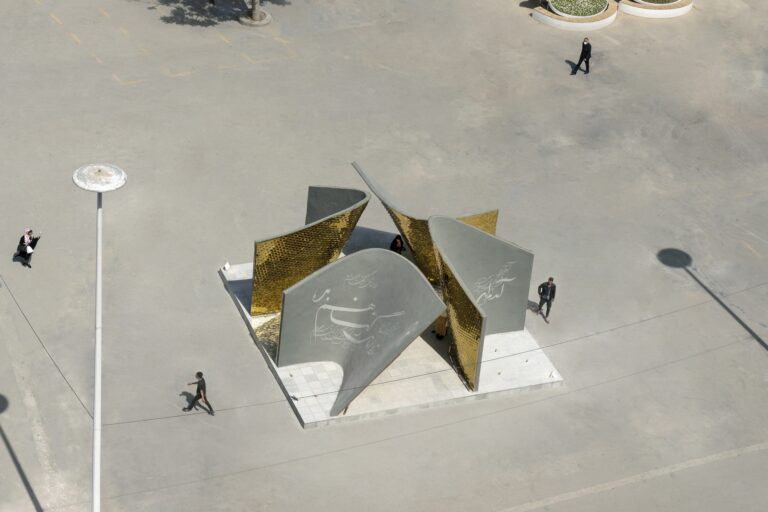
The outer face of the shells is dark in color and represents pollution and everyday life that corrodes the human spirit. The inner surface of the plates, which is near water (a symbol of purity in Iranian culture and art), and has been removed from that rust, is made of a polished mirror, and is an expression of the essence of human existence, of peace and tranquility. In other words, the pavilion, with an impression of the main structure of the Shrine and the golden porch, is trying to be a narrator of peace seekers and their inner and outer pollution and purification to this land. In this way, it can play the role of a dynamic urban joint with a semitransparent and metaphorical structure, the common language of the physical and cultural layers of its substrate. In the inner experience, the user sees his own images in the interior space after entering and being placed there. The refraction of the users’ images as living parts of the space in the mirrored shells gives a different effect to the space. By being in front of the mirrors, the audience sees neither himself nor others at the same moment, and sees both himself and others; fusion and dialectic of the simultaneity of individuality and crowd, which is the basis of the Eastern mysticism. (Unity in plurality and vice versa, which is a reflection of thoughts and conscious minds of oneself and others). Watching and touching the water and the reflection of light and shadows, hearing the sound of water and the pleasant tune that spreads in the pavilion space; giving seeds to the birds in the outer part of the shells by people, are among the multi-sensory experiences. These remind the nostalgia of the presence and solitude in memorable spaces like the shrine of Imam Reza. These interactive tools make the space more alive and dynamic, while creating a collaborative feeling. This will be a lifetime experience especially for children, and it will give a more special color to this place
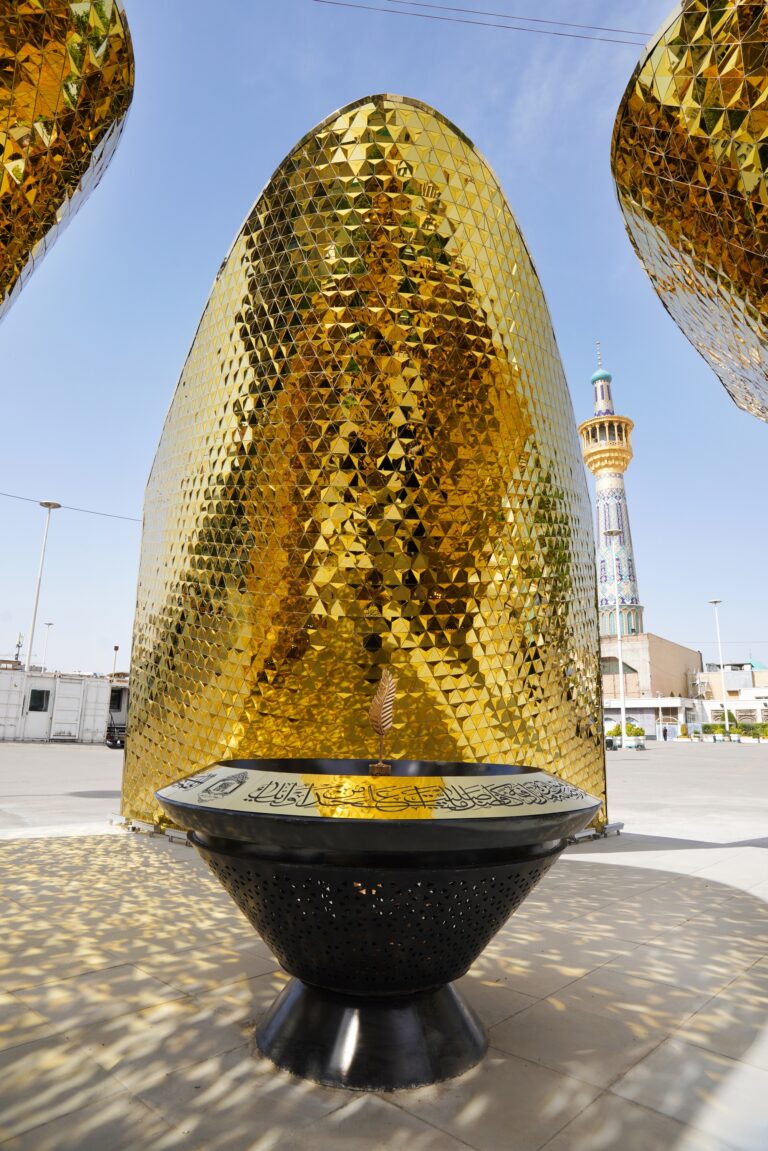
Project Information | Project name: Panah Pavilion | Architecture Firm: Hasht Architects | Principal Architects: Shahab Ahmadi, Iman Hedayati, Ali Ahmadi, Niloufar Mohammadzadeh | Project Location: The open area in front of the Imam Reza holy shrine, Andarzgoo St, Ab Square, Imam Reza St, Mashhad, Iran | Built Area: 81 m | Photography: Deed Studio | Design year: 2022 | Completion year: 2022 | Structural engineer: Alireza Miri Tayefehfard, Saeid Fotouhi | Construction: Hasht Architects | Materials: Concrete, Mirrors, GFRP | Budget: 25,000 $ | Client: Municipality | Status: Built | Typology: Pavilion
